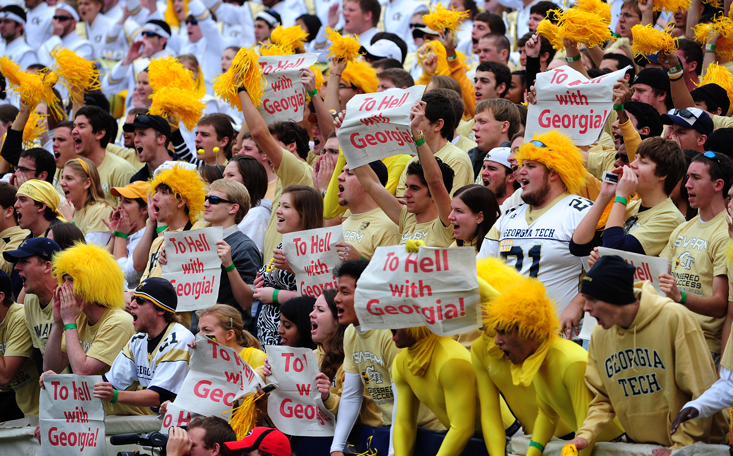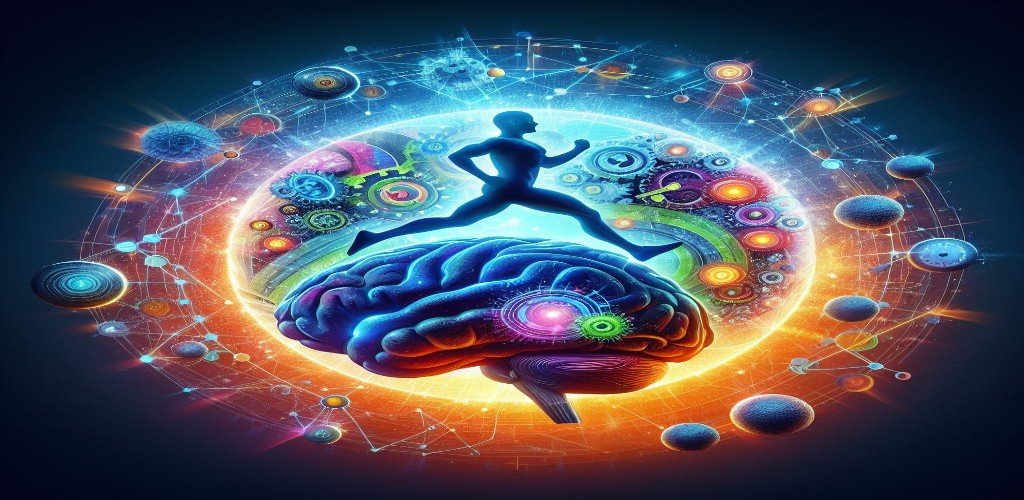Presentation
Animosity in Sports Being a fan. Sports being a fan is a profoundly instilled part of current culture, with a great many individuals overall energetically following their #1 groups and competitors. While sports offer a stage for diversion, contest, and kinship, they likewise summon compelling feelings, including hostility. This examination paper digs into the brain research of animosity in sports being a fan, looking at its causes, signs, and likely outcomes.
Grasping Hostility in Sports Being a fan
Animosity in sports being a fan alludes to the extreme and at times unfriendly ways of behaving displayed by fans towards rival groups, players, or even individual fans. This hostility can appear in different structures, like verbal put-downs, actual fights, web-based savaging, and defacing. The hidden variables adding to this hostility are complex and incorporate mental, social, and ecological components.
Mental Variables
Distinguishing Proof and Social Personality Hypothesis:
Fans frequently foster areas of strength for an ID with their picked group, seeing it as an expansion of themselves. This recognizable proof is attached to the social character hypothesis, where people infer confidence and belongingness from their gathering participation. At the point when the group succeeds, fans feel an individual victory, yet disappointments can prompt dissatisfaction and hostility.
Dissatisfaction Animosity Speculation:
Games can inspire extreme feelings, particularly when results are ominous. The dissatisfaction and hostility speculation sets that disappointment, coming from neglected assumptions or seen treacheries (like ref choices), can prompt a forceful way of behaving for venting or looking for revenge.
In-Gathering Predisposition and Out-Gathering Antagonism:
Fans display in-bunch inclination, inclining toward their group while holding onto negative mentalities towards rival groups (out-gatherings). This inclination adds to the “us against them” attitude, powering animosity during serious occasions as fans look to protect their group’s honor and prevalence.
Social Variables

Standards and Social Worthiness: .
Inside the setting of sports being a fan, certain forceful ways of behaving might be standardized or even energized, particularly during warm competitions or serious matches. This standardization can persuade fans to think that hostility is an adequate piece of being a fan, further propagating such ways of behaving.
Overall vibes:
Social environments, for example, arenas or sports bars, intensify profound encounters because of aggregate fervor, shared customs, and social support. This increased close-to-home state can grow into hostility, particularly when combined with liquor utilization, namelessness, and friend impact.
Natural Variables
Media Depictions and Discourse:
Media inclusion, including sensationalized detailing, provocative editorials, and fan gatherings, can worsen hostility by outlining competition in a fierce or opposing way. This account builds up unfriendly perspectives and raises pressure among fans.
Online Stages and Digital Animosity:
The ascent of web-based entertainment has given fans virtual spaces to offer their viewpoints and draw in others. In any case, this obscurity and separation from eye-to-eye connections can prompt digital animosity, including cyberbullying, savaging, and provocative comments.
Outcomes of Animosity in Sports Being a fan
The pervasiveness of hostility in sports being a fan has a few ramifications, both for people and society in general.
Individual Prosperity:
A forceful way of behaving, whether coordinated with rivals or individual fans, can hurt people’s psychological and close-to-home prosperity. It can prompt pressure, nervousness, and an uplifted feeling of antagonism, diminishing the pleasure in sports and cultivating a pessimistic fan insight.
Social Union and Local Area Relations:
Animosity in sports being a fan can strain social attachment and local area relations, especially in situations where opponent fan bunches conflict or participate in defacing. Such episodes disintegrate trust, advance division, and cause security worries inside networks.
Public Picture of Sports:
High-profile episodes of fan hostility, for example, viciousness in arenas or online provocation crusades, taint the public picture of sports and being a fan. They support negative generalizations and raise worries about fan conduct, prompting calls for stricter guidelines and safety efforts.
Relieving Animosity in Sports Being a fan
Tending to hostility in sports being a fan requires a multi-layered approach including partners at different levels, including sports associations, news sources, fan networks, and policing.
Training and Mindfulness:
Advancing instruction on sportsmanship, compromise, and deferential fan conduct can assist with moderating animosity. This incorporates drives designated at fans, players, mentors, and authorities to cultivate a culture of regard and fair play.
Local area Commitment:
Empowering positive fan cooperation through local area occasions, noble cause drives, and cooperative tasks can construct spans between rival fan gatherings and advance a feeling of solidarity past game competitions.
Guideline and Implementation:
Sports associations and settings should authorize severe sets of principles, zero-resistance arrangements for brutality, and satisfactory safety efforts to guarantee fan security and dissuade forceful ways of behaving.
Media Obligation:
News sources ought to take a stab at adjusted and mindful inclusion of sports competitions, staying away from emotionalism or provocative stories that instigate hostility. Capable revealing can add to a more productive fan culture.





